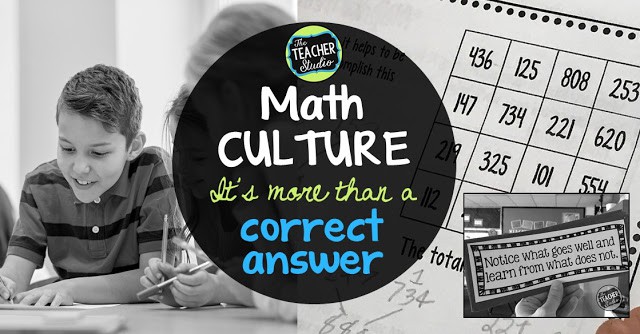
Mathematical Mindset –It’s more than getting a right answer!
Let’s chat about mathematical mindset today! One thing that I have noticed over the years as I have done more

Let’s chat about mathematical mindset today! One thing that I have noticed over the years as I have done more
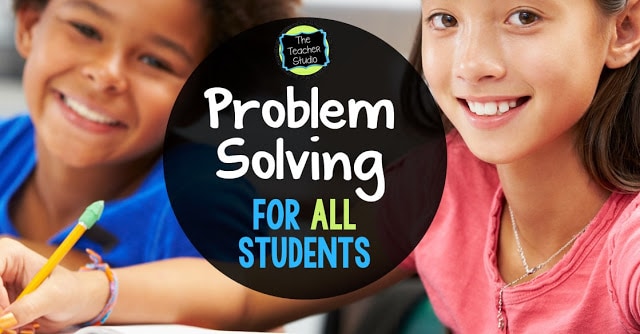
Ready to do some thinking about math planning, math tasks, problem solving and more? Read on to see some of
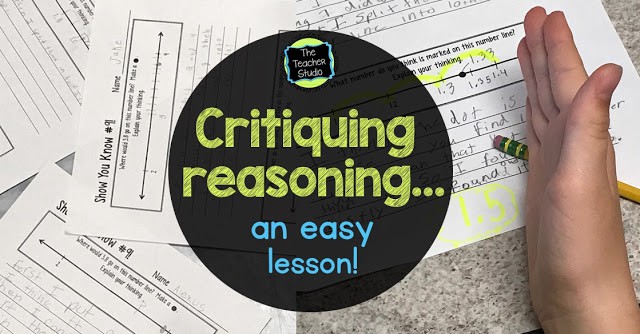
So I just wanted to share a super quick math lesson plan idea that you might want to try. It
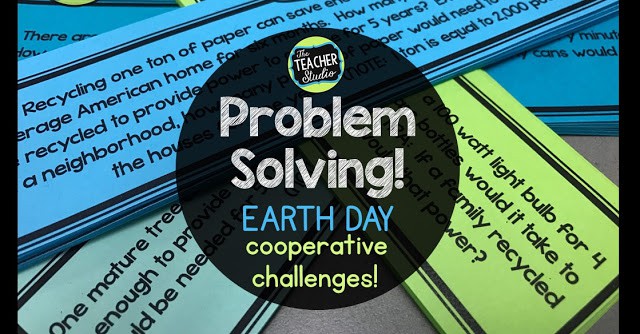
Looking for an easy math lesson idea to help you get some much-needed one-on-one time or small group time with
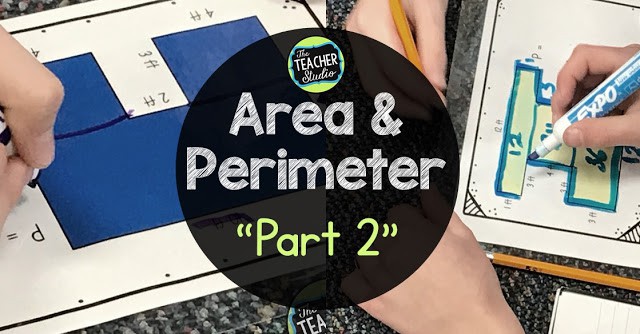
I blogged a few days ago about some of the fun area and perimeter activities we had done in class
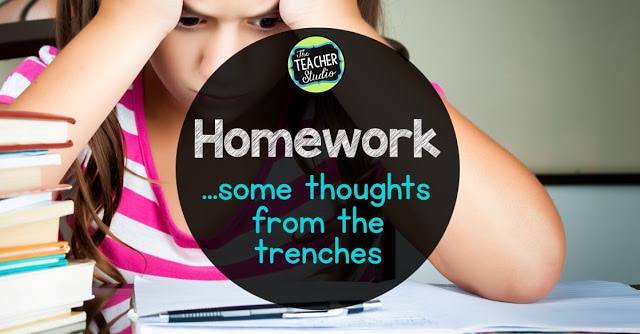
There are plenty of topics that we can have conversations about related to teaching. One topic that ALWAYS gets people
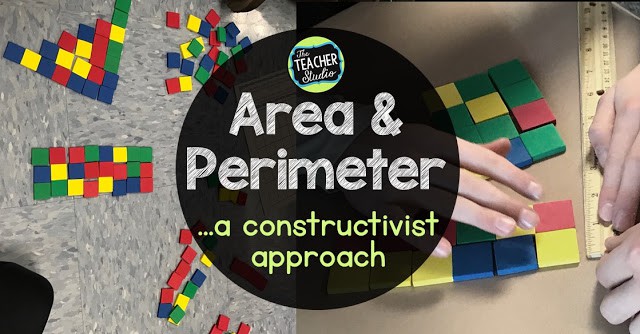
Some of my favorite math units/topics are those where I feel I have a handle on how to really get
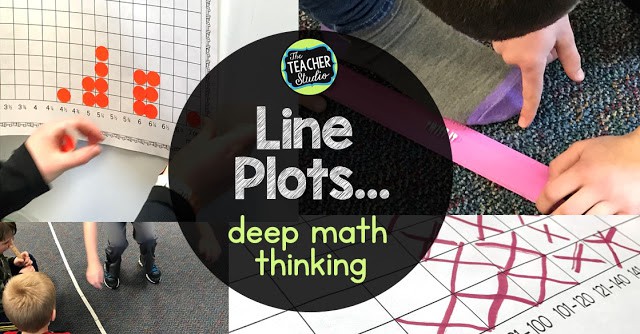
Chances are, if you teach third through fifth grades, the term “line plots” has become a part of your vocabulary.
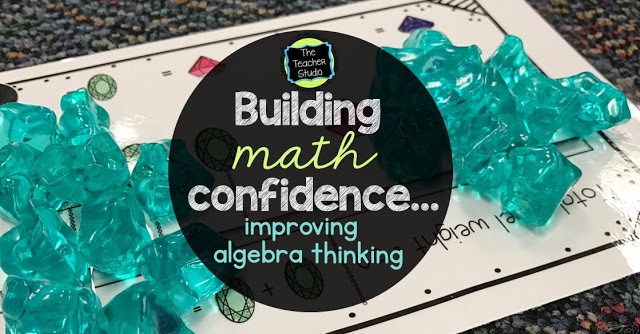
When you have students that struggle, they spend an awful lot of time feeling frustrated with the lessons and other
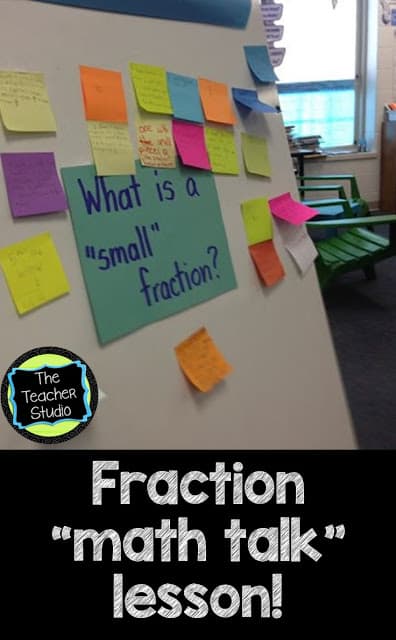
Well, things got even more interesting as my work with fractions unfolded on day 2! For those of you who